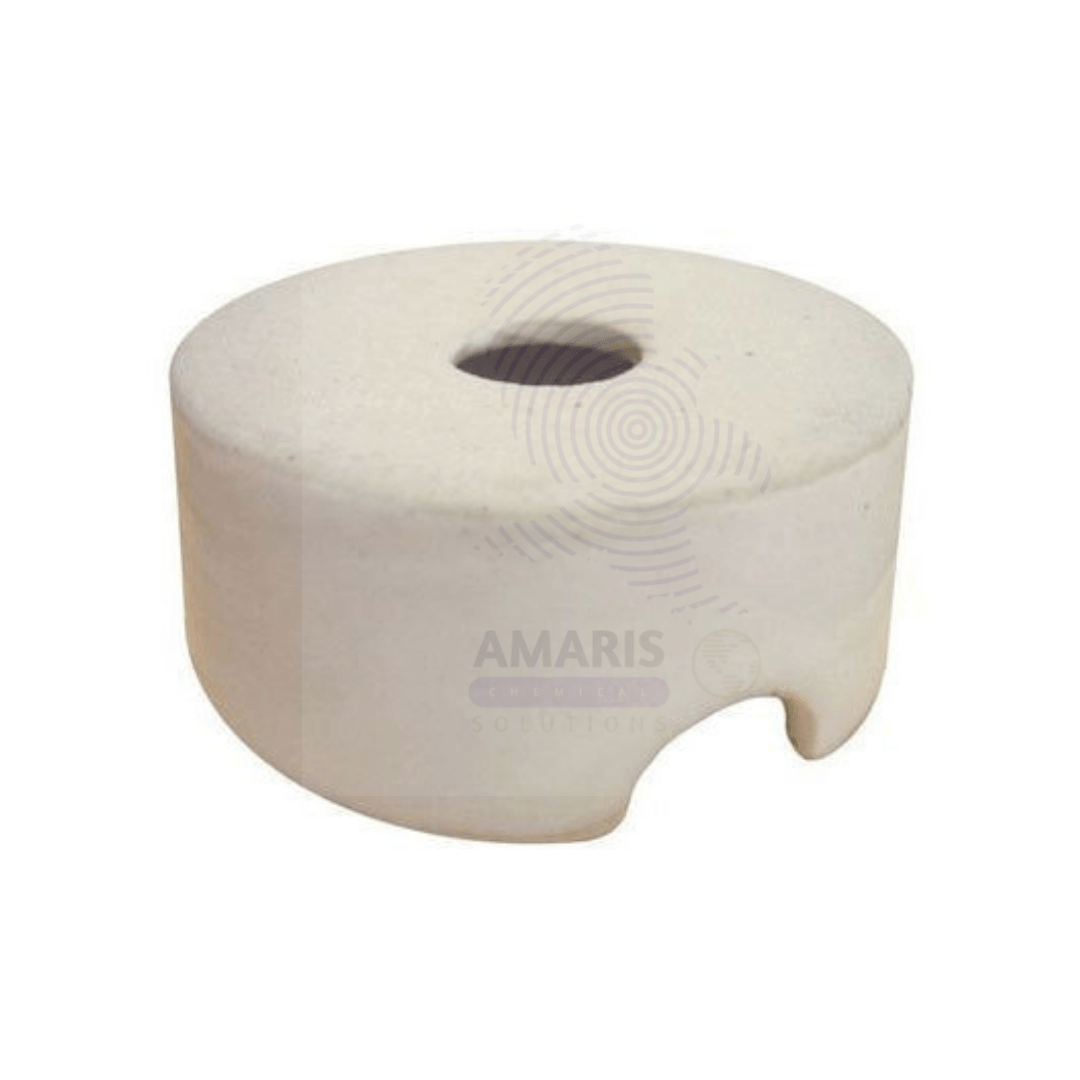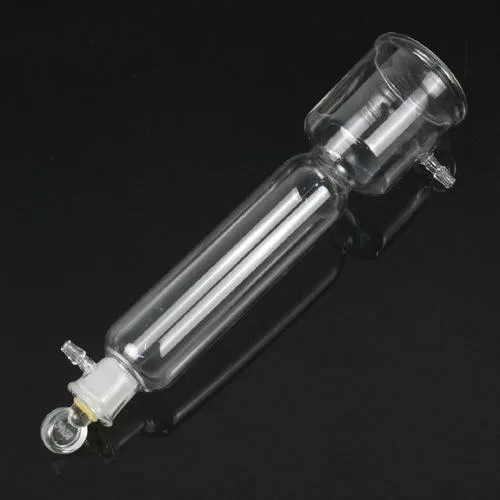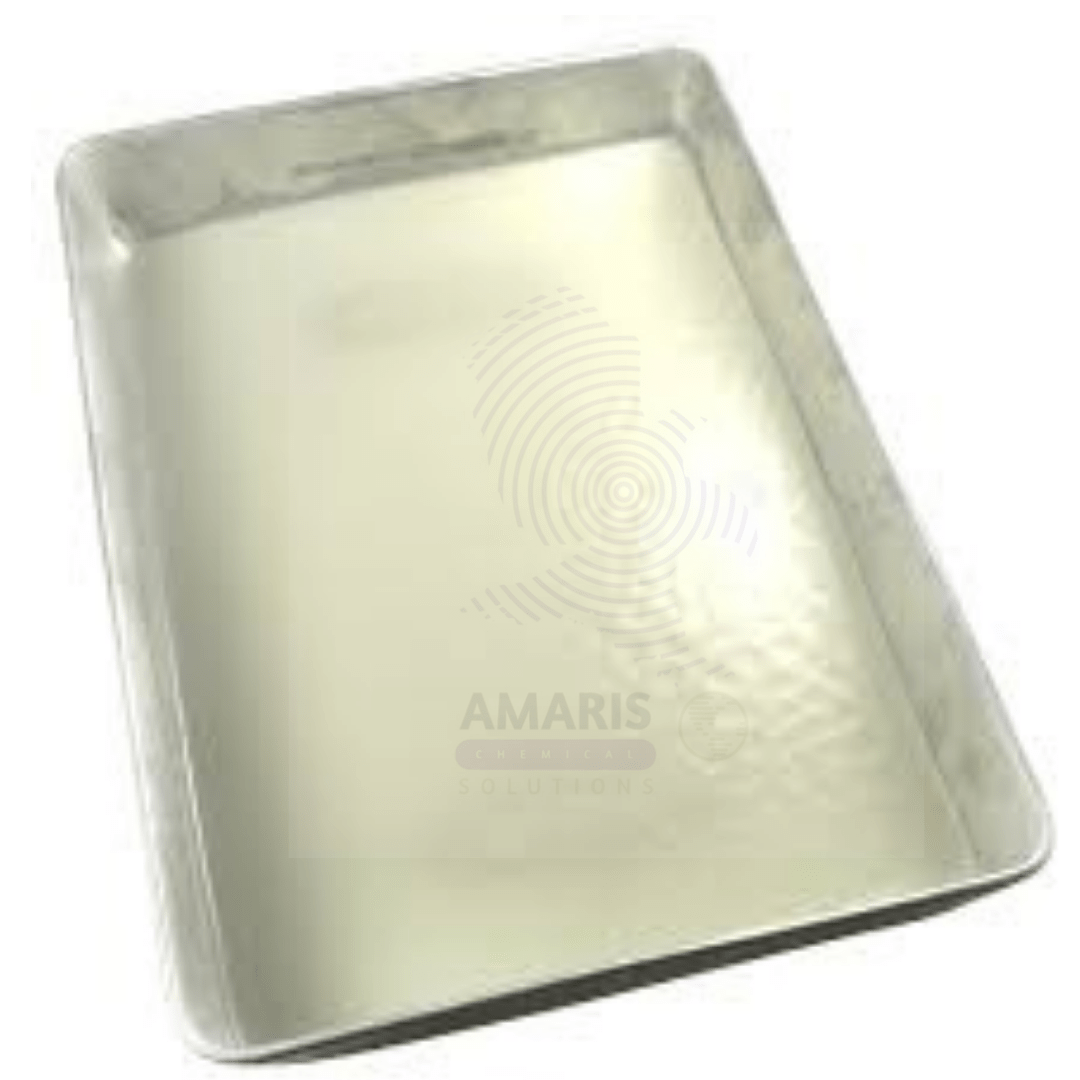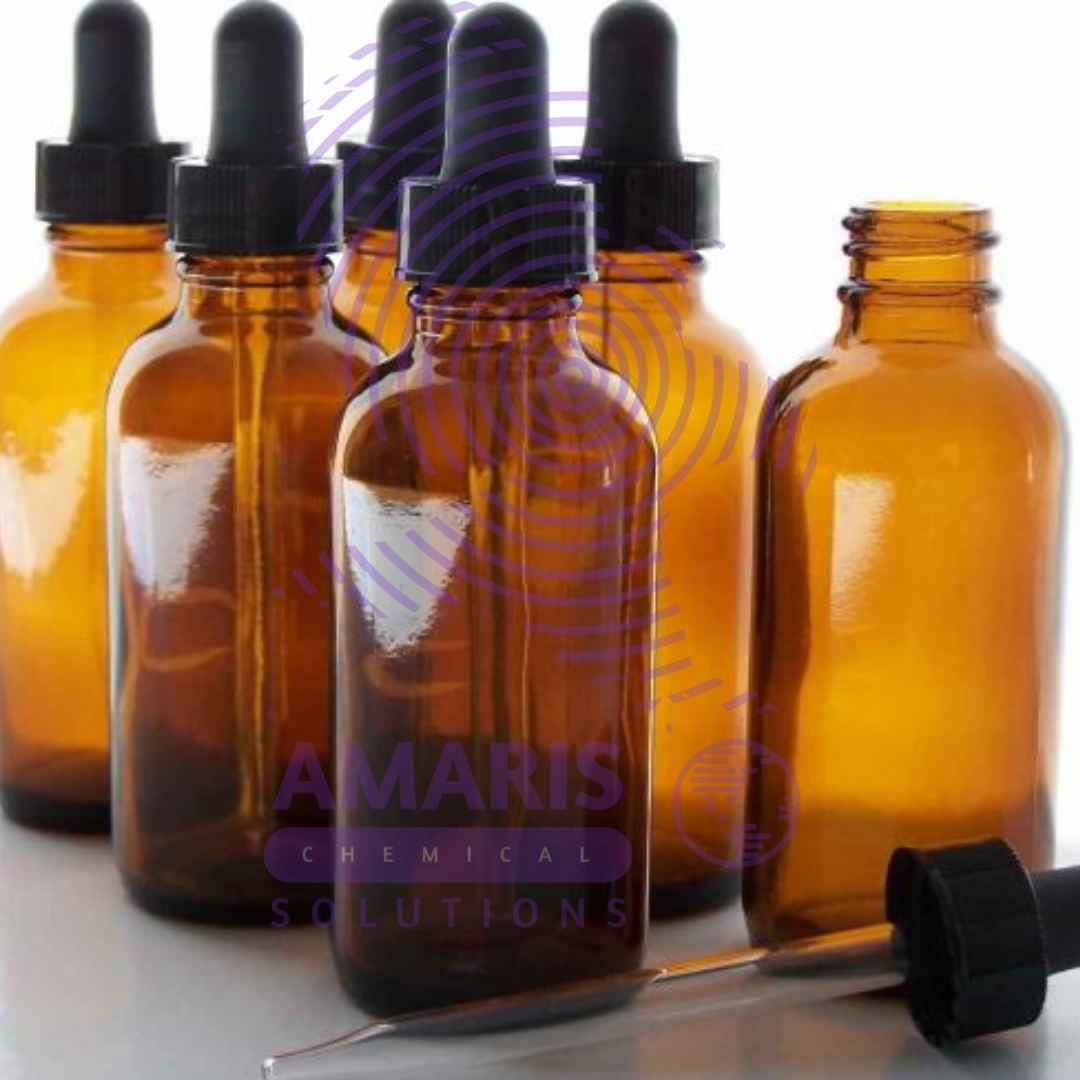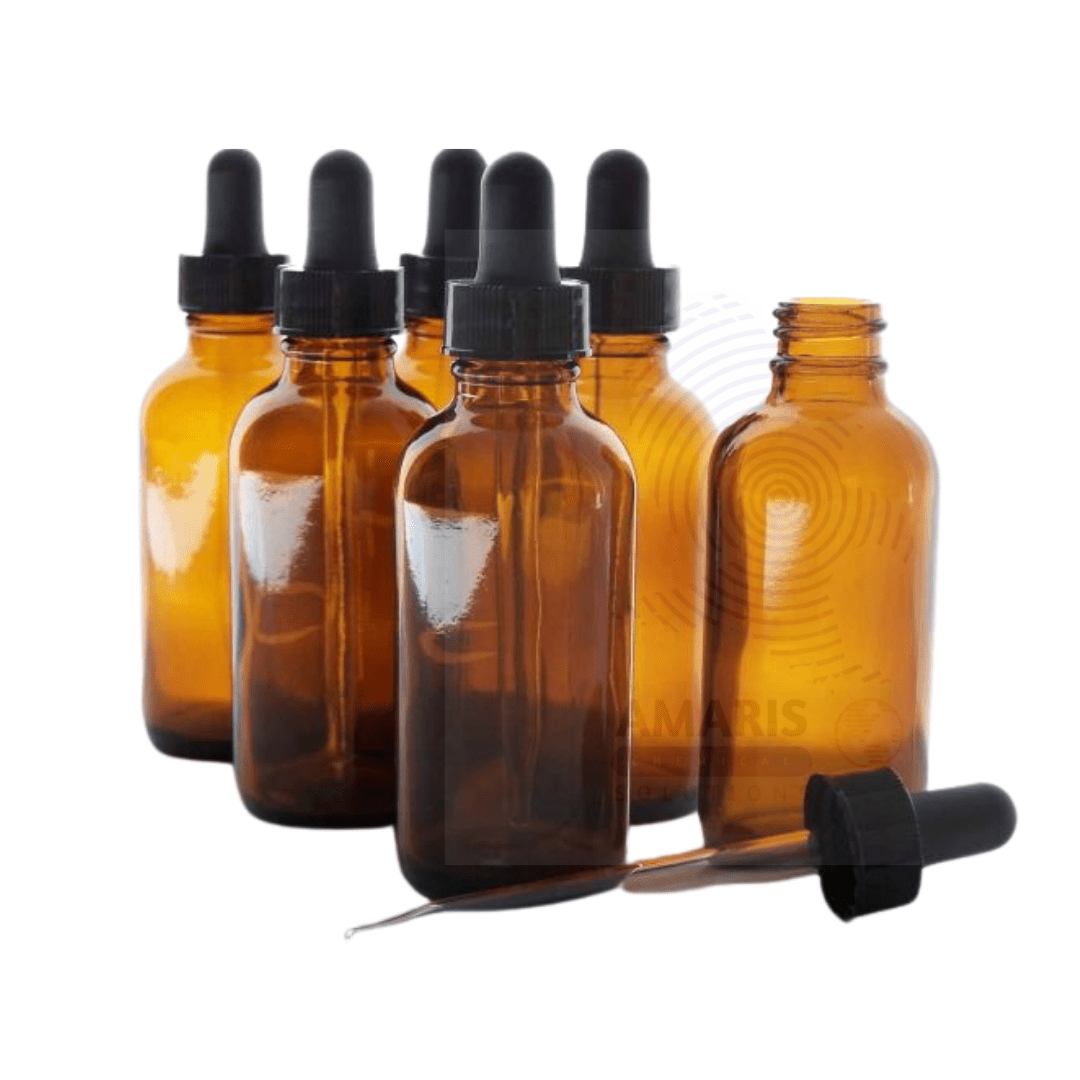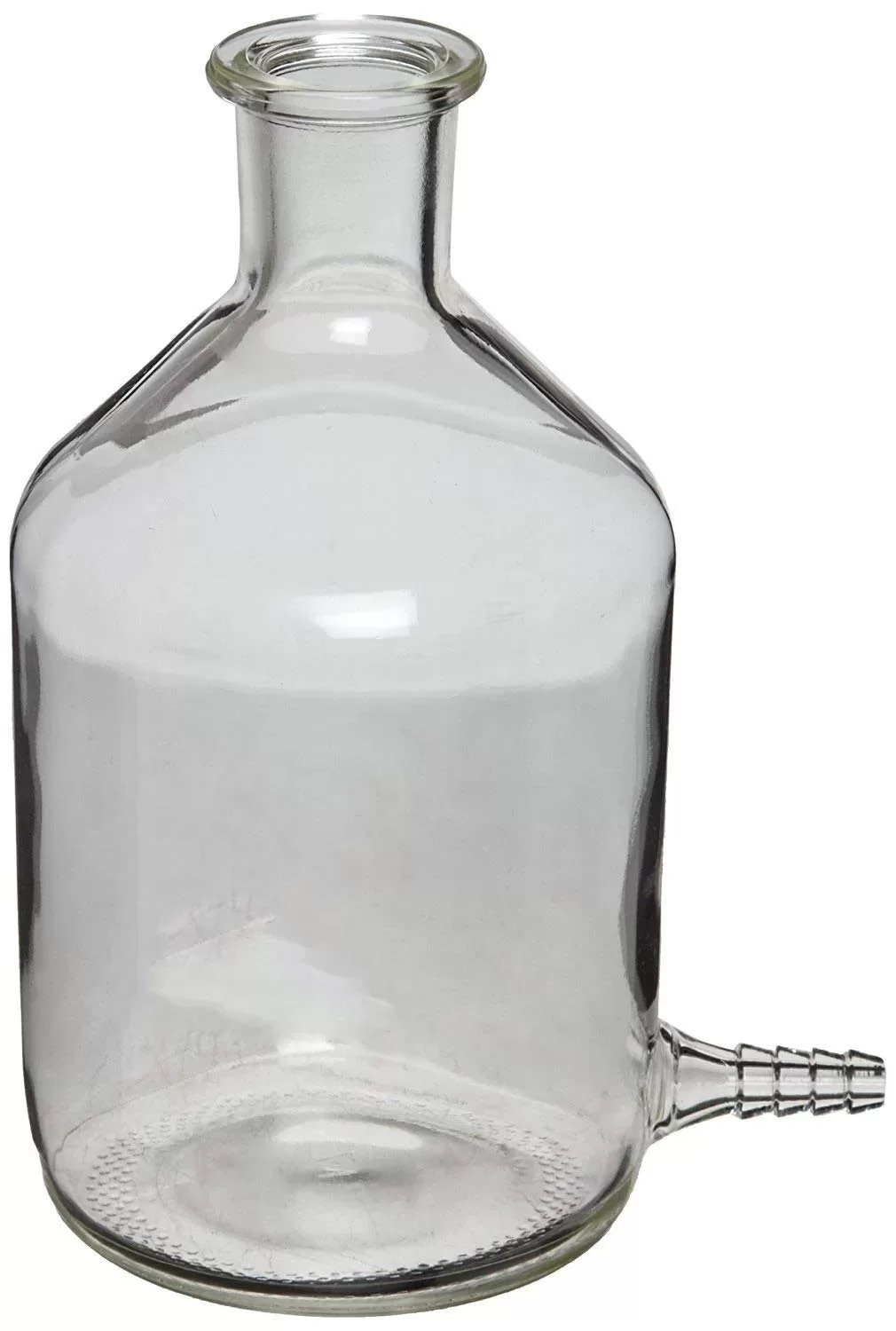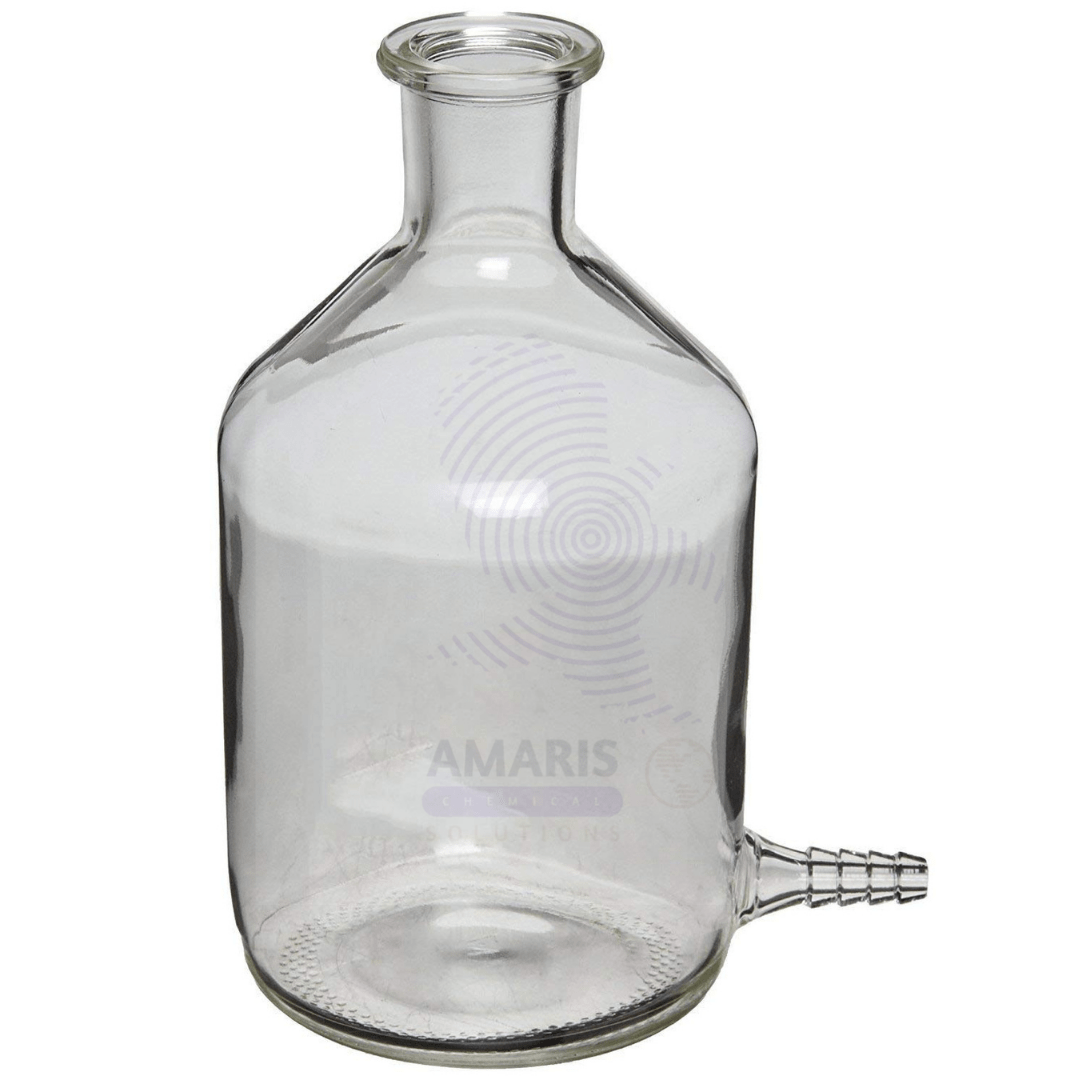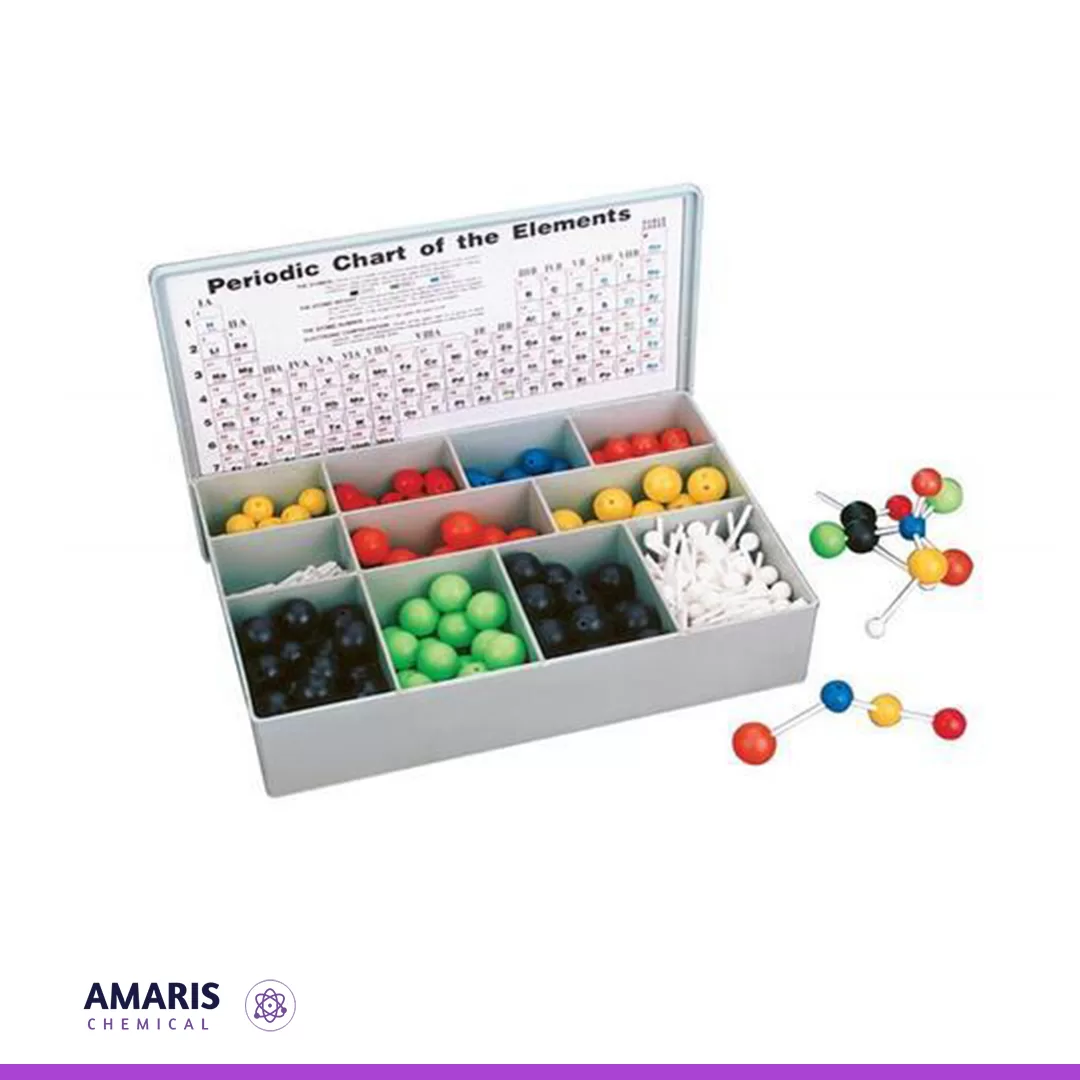A beehive-shelf in a laboratory typically refers to a specialized type of shelving unit designed to accommodate a large number of small containers or samples, resembling the structure of a beehive with its hexagonal compartments. These shelves are commonly used in research labs, especially in fields like biology, chemistry, or pharmaceuticals, where there is a need to organize and store numerous small items such as vials, test tubes, or microplates.
The design of beehive-shelves allows for efficient use of space while providing easy access to individual containers. This type of shelving system is often made of durable materials like plastic or metal, and the compartments may have adjustable dividers to accommodate different sizes of containers.
In laboratory settings, organization and easy access to samples are crucial for efficient workflow and accurate experimentation, making beehive-shelves a popular choice for storage solutions. They help researchers keep their samples orderly and accessible, reducing the risk of misplacement or contamination
Absorption Tower
A laboratory absorption tower is a scaled-down version of an industrial absorption tower used for experimental purposes within a laboratory setting. It is a specialized piece of lab apparatus designed to investigate the principles of gas-liquid absorption or scrubbing processes under controlled conditions.
Typically, a lab absorption tower consists of a glass or transparent column filled with a packing material or trays to facilitate the gas-liquid contact. It is equipped with inlet and outlet ports to introduce the gas stream and remove the treated gas after absorption. Additionally, there are ports or connections to introduce the liquid solvent and monitor its flow rate. The tower may also have temperature and pressure control mechanisms to simulate specific conditions relevant to the experiment.
Laboratory absorption towers are essential tools for researchers, chemists, and engineers to study the behavior of gases and liquids during absorption processes, optimize process parameters, and assess the efficiency of different solvents or packing materials. These experiments contribute to the development and improvement of industrial-scale absorption systems and help in solving environmental challenges related to air and gas pollution.
Absorption tower
An absorption tower, also known as an absorption column or scrubber, is a vertical cylindrical vessel designed for efficient mass transfer between gas and liquid phases. Typically constructed from corrosion-resistant materials like stainless steel or glass, the tower is filled with packing materials or trays that maximize surface area, facilitating optimal interaction between the gas and liquid. As the gas flows upward through the column, it encounters a downward flow of liquid solvent that absorbs specific gases or vapors, effectively removing pollutants or desired components from the gas stream. Widely utilized in various industries and laboratory settings, absorption towers play a crucial role in applications such as gas scrubbing, air purification, chemical separation, and solvent recovery, contributing significantly to pollution control and resource recycling. Their versatile design allows for both continuous and batch operation, making them essential for enhancing the efficiency of numerous chemical and environmental processes.
Aluminum Dissecting Pan with wax
A laboratory aluminum dissecting pan with wax is a specialized tool used in scientific and educational settings, particularly in biology and anatomy laboratories. It typically consists of a shallow, rectangular or oval-shaped pan made of aluminum, and the surface of the pan is coated with a layer of wax.
The main purpose of this pan is to provide a convenient and controlled surface for dissecting biological specimens. The wax-coated surface allows for easy pinning and securing of specimens during dissection procedures. The wax also helps to prevent the specimens from slipping or moving around, making it easier for students or researchers to work with precision.
These pans are commonly used for various dissection exercises, where students or researchers can study the internal structures of organisms and learn about their anatomical features. The aluminum construction makes the pan durable and easy to clean, ensuring it can withstand repeated use.
Overall, a laboratory aluminum dissecting pan with wax is an essential tool that enhances the learning and research experience by providing a stable and secure platform for dissecting and examining biological specimens.
Amber Bottles Polystop
A laboratory glass amber bottle is a specialized container commonly used in laboratories to store and protect light-sensitive substances, chemicals, or solutions. These bottles are made from amber-colored glass, which provides protection against ultraviolet (UV) and visible light radiation. The amber glass helps to minimize the degradation and decomposition of light-sensitive contents by blocking a significant portion of the light spectrum.
The amber color of the glass is achieved by adding iron, sulfur, and other compounds during the glass manufacturing process. This coloration is what gives the bottles their distinctive amber or brown appearance.
Laboratory glass amber bottles typically come in various sizes, ranging from small volumes of a few milliliters to large capacities of several liters. They often have a screw-on or snap-on cap, providing a secure and airtight seal to prevent spills, evaporation, and contamination.
Due to their ability to protect light-sensitive substances, laboratory glass amber bottles are widely used in chemistry, biology, pharmaceuticals, and other scientific fields where sample integrity and stability are crucial.
Amber bottles polystop
Amber bottles with polystop closures are designed for optimal storage and protection of light-sensitive chemicals and reagents. Crafted from durable materials such as glass or high-density polyethylene (HDPE), these bottles provide excellent UV protection, preventing degradation of sensitive compounds. The polystop closure ensures a secure, airtight seal, minimizing the risk of contamination and evaporation. Ideal for storing solvents, pharmaceuticals, and biological samples, these bottles offer convenient dispensing options while maintaining the integrity of their contents. Their opaque design allows for clear labeling, making them essential tools in any laboratory setting
Amber laboratory reagent bottles
Amber laboratory reagent bottles are specialized containers designed to store and protect light-sensitive chemicals and samples. Made from high-quality glass, these bottles feature a distinctive amber color that effectively blocks harmful ultraviolet (UV) light, preventing photodegradation and ensuring the stability of sensitive substances.
Typically available in various sizes, amber reagent bottles come with tightly sealing lids to minimize exposure to air and contaminants. They are ideal for storing a range of laboratory materials, including organic solvents, biological samples, and pharmaceuticals. Their durable construction ensures safe handling and long-term storage, making them essential tools in chemical, biological, and environmental laboratories.
Aspirator Bottle Glass
A laboratory aspirator glass bottle, also known as a vacuum aspirator bottle or a vacuum filtration flask, is a specialized glass container used in scientific laboratories for various applications. It is designed to create a vacuum or negative pressure, which allows the filtration of liquids through a porous medium like a filter paper or a membrane.
The bottle typically has a conical or pear-shaped body with a sidearm or neck near the top. This neck is where a rubber or silicone stopper is inserted, allowing for the attachment of tubing or a hose to connect to a vacuum source or water aspirator. (Available in 2.5l,5l,10l,)
Laboratory aspirator glass bottles are commonly used in vacuum filtration processes to separate a solid precipitate from a liquid solution. When connected to a vacuum source, the air inside the bottle is removed, creating a pressure difference that draws the liquid through the filter, leaving the solid behind on the filter paper.
These bottles come in various sizes to accommodate different filtration needs and are an essential tool in many research, analytical, and quality control laboratories for tasks like separating particulate matter, sterilizing solutions, and performing various filtration techniques. They are often made of durable borosilicate glass to withstand the pressure changes and chemical interactions that may occur during laboratory operations.
Aspirator bottle glass
An aspirator bottle is a specialized glass container designed for use in laboratory settings. Typically made from high-quality borosilicate glass, these bottles are resistant to thermal shock and a wide range of chemicals. They feature a wide mouth for easy filling and cleaning and often come with a ground glass or plastic stopper to ensure airtight sealing.
Aspirator bottles are equipped with an inlet for a vacuum line, allowing them to create a vacuum inside the bottle for applications like vacuum filtration or degassing liquids. Their design may include graduated markings for accurate measurement and a robust base to prevent tipping. Ideal for storing solvents, acids, and other laboratory liquids, aspirator bottles provide a safe and efficient means of handling and dispensing fluids while minimizing contamination risk.
Atomic Model Set
A lab atomic model set is a collection of physical models and materials designed to represent the structure of atoms and molecules. It is commonly used in educational and scientific laboratory settings to visually demonstrate the arrangement of protons, neutrons, and electrons within an atom, as well as the bonding patterns between atoms in molecules. These sets typically include colored balls of various sizes representing different types of atoms, as well as connectors or magnets to simulate chemical bonds between them. The purpose of these sets is to help students and researchers better understand the principles of atomic and molecular structure in a tangible and interactive way.
Balance Bathroom Scale
Balance bathroom scale
A balance bathroom scale is a mechanical or digital device used to measure body weight or the mass of larger objects. It typically consists of a flat platform where the object or person stands, and it displays the weight either via an analog dial or a digital screen. Unlike precision laboratory balances, it is designed for general-use purposes where fine accuracy is not required, making it suitable for personal or approximate weight measurements. This type of scale is commonly found in homes or commercial settings and is robust enough to handle heavier loads










